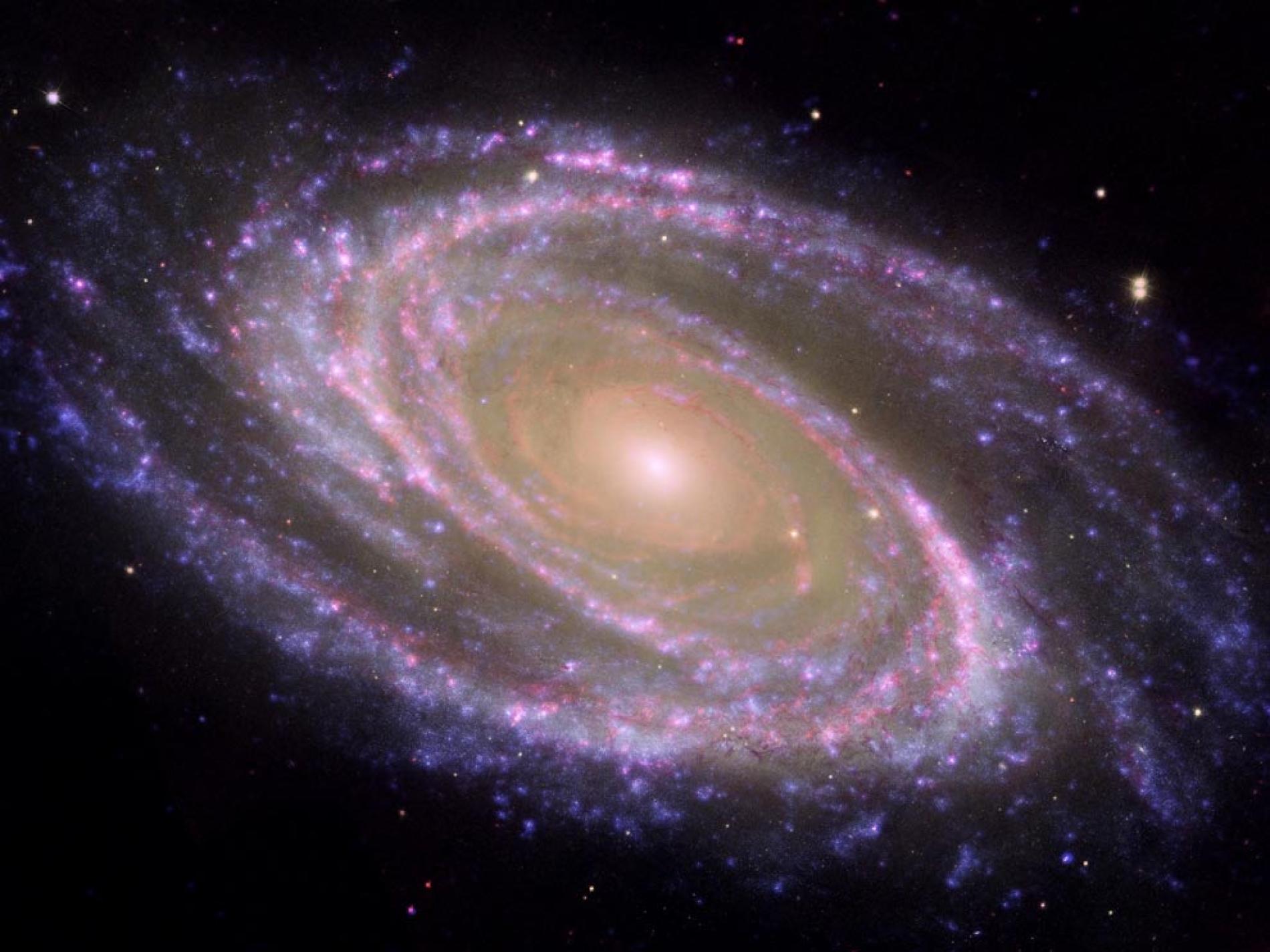
Our experience of the continuity of self, the sense of personal autonomy with which we awaken each day, is very persuasive. “I” is a persistent experience, persistent enough that each of us can treat it as real and thereby treat others as real, too. Indeed, the richness and history of persona, the identity of our interior self accumulated over a lifetime, is so persistent that in comparison to the nature of all things external to ourselves, it is our most stable, unchanging experience
Everything material, however, is indisputably and conditionally dependent. Despite outward appearances and characteristics which appear to be stable and solid, all things are temporary combinations of “earth, air, fire and water,” which is to say, impermanent. Some are very long-lasting, others appear and disappear in the flash of an instant, but nothing is truly autonomous and ever-lasting.
This has not prevented us from projecting autonomy onto external objects. Feeling the persistence of “I” inclines us to invest external objects with comparable “selfness.” Moreover, what we imagine often appears real and prompts action. We experience this effect in our dreams; caught up in our internally-generated visual and emotional narrative, unaware that we are dreaming, people and things appear to be behaving autonomously, much as they do during waking life. Our psyches display a deeper truth about “self” and our conception of it.
Upon examination, our seemingly autonomous self is as conditionally dependent as everything else we experience. We must breathe, eat, and move. Alongside the estimated 40-trillion human cells in our bodies reside an additional 40-trillion-plus non-human cells; microbes, bacteria, viruses of all types are essential to our survival. Our own cells are replaced roughly every seven years; the material of which we are composed changes continuously, and the most we can claim as self is the persistence of patterns. On a cosmic scale of galaxies and super-massive black holes, each “I” represents a portion of matter patterning so small as to be effectively unmeasurable.
It is not surprising that “I” seems to the the most reliable and autonomous of all experiences. The world around us continuously changes before our eyes, as if we sit in the center of the universe. While the possibility exists that consciousness does not depend upon materiality, in other words consciousness without a physical brain, scientifically no evidence as yet confirms such theory. Quantum mechanics even implies that consciousness itself may be a non-local phenomenon, and is the result of properties of entanglement transcending time and distance. If, on the other hand, consciousness emerges from the complex arrangement of brain matter, then “I” is as impermanent as matter itself.
Beyond all this speculation rests the question of how to conduct life. All and everything appears to be a construct of consciousness, simultaneously illusory and real. The emotional temptations of nihilism and hedonism, depression and the willful bliss of ignorance are strong. The refuge of religious faith beckons many, providing the security and mystery of omniscience.
Facing up to the unfathomable depth of our ignorance with humility and gratitude would seem to be the best answer. Reactions of arrogance and shame serve us poorly; fear-based, they incite and propagate cycles of global violence and increased suffering. An admission that we cannot “know” anything in an absolute sense is not an admission of failure, but rather – in a complex universe of gargantuan forces and dimension – provides an acceptance of cosmic grace upon which the continuity of humanity depends.